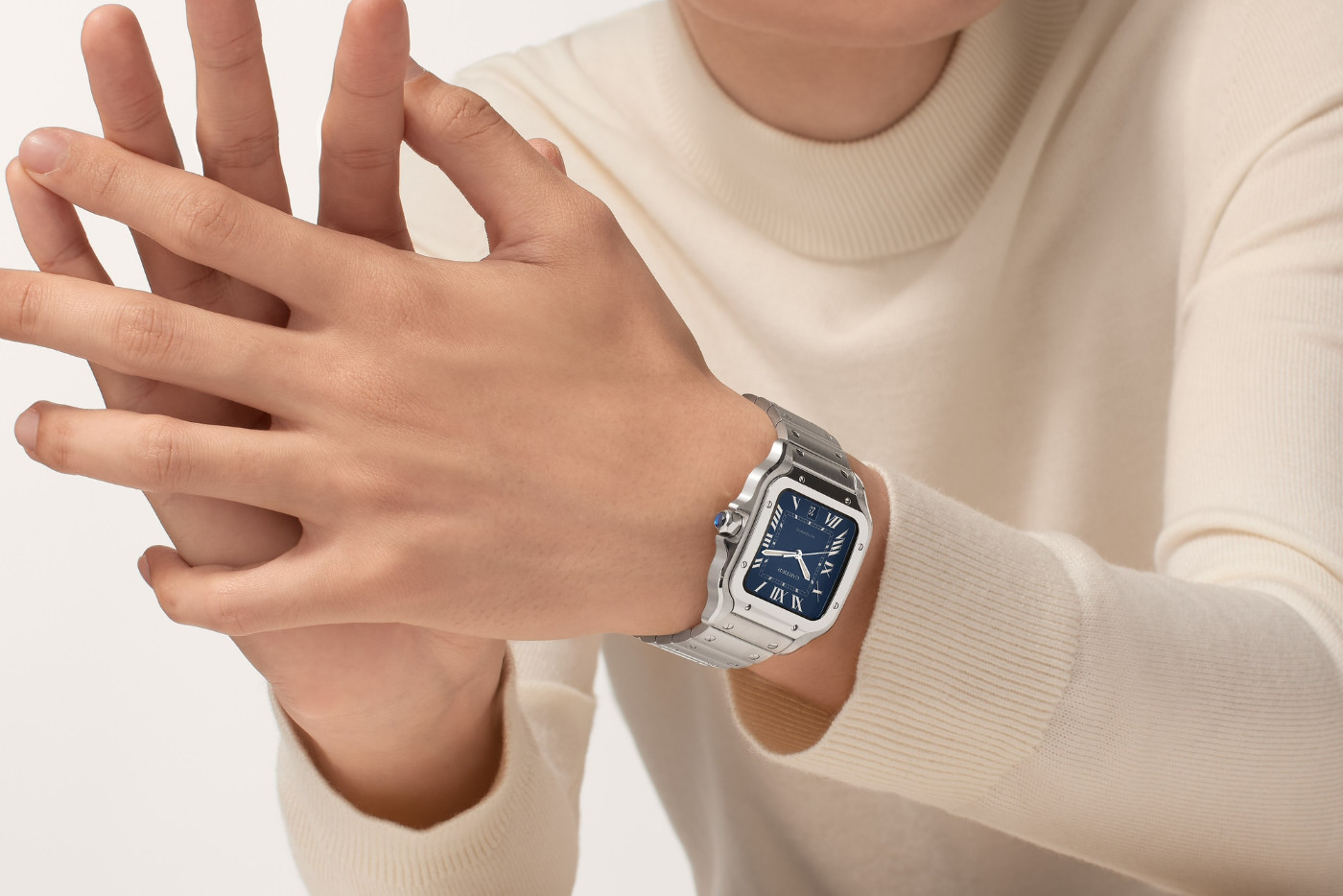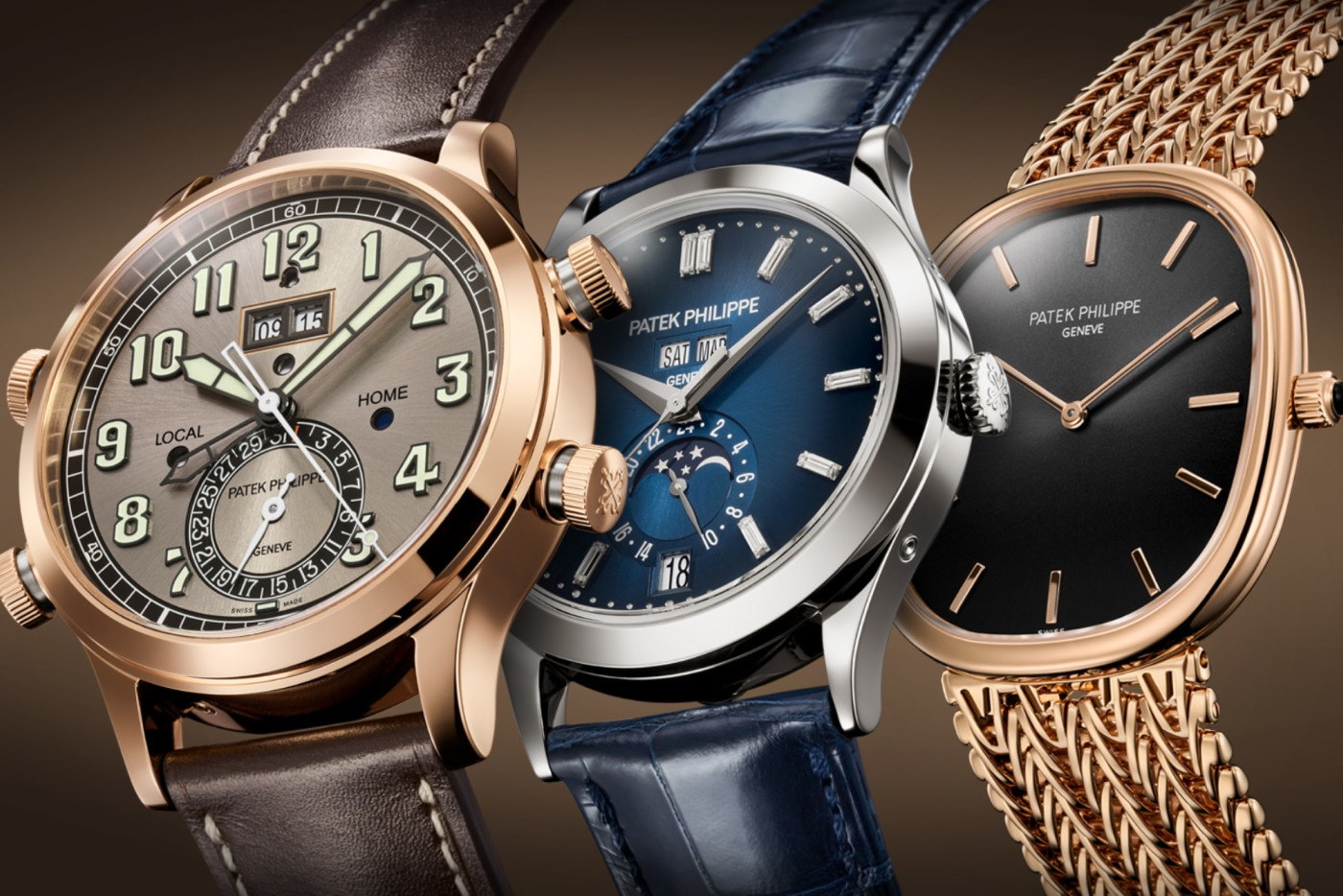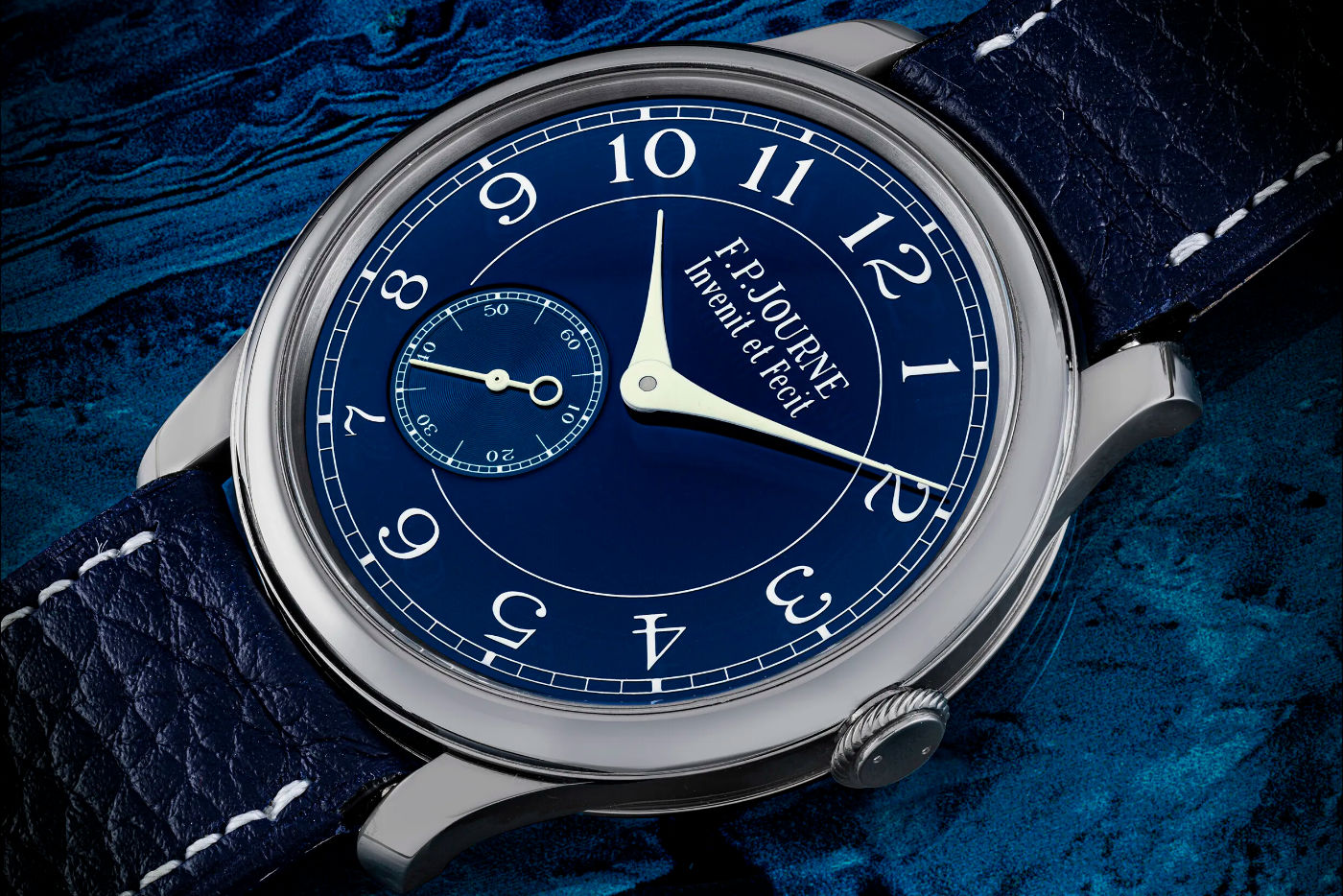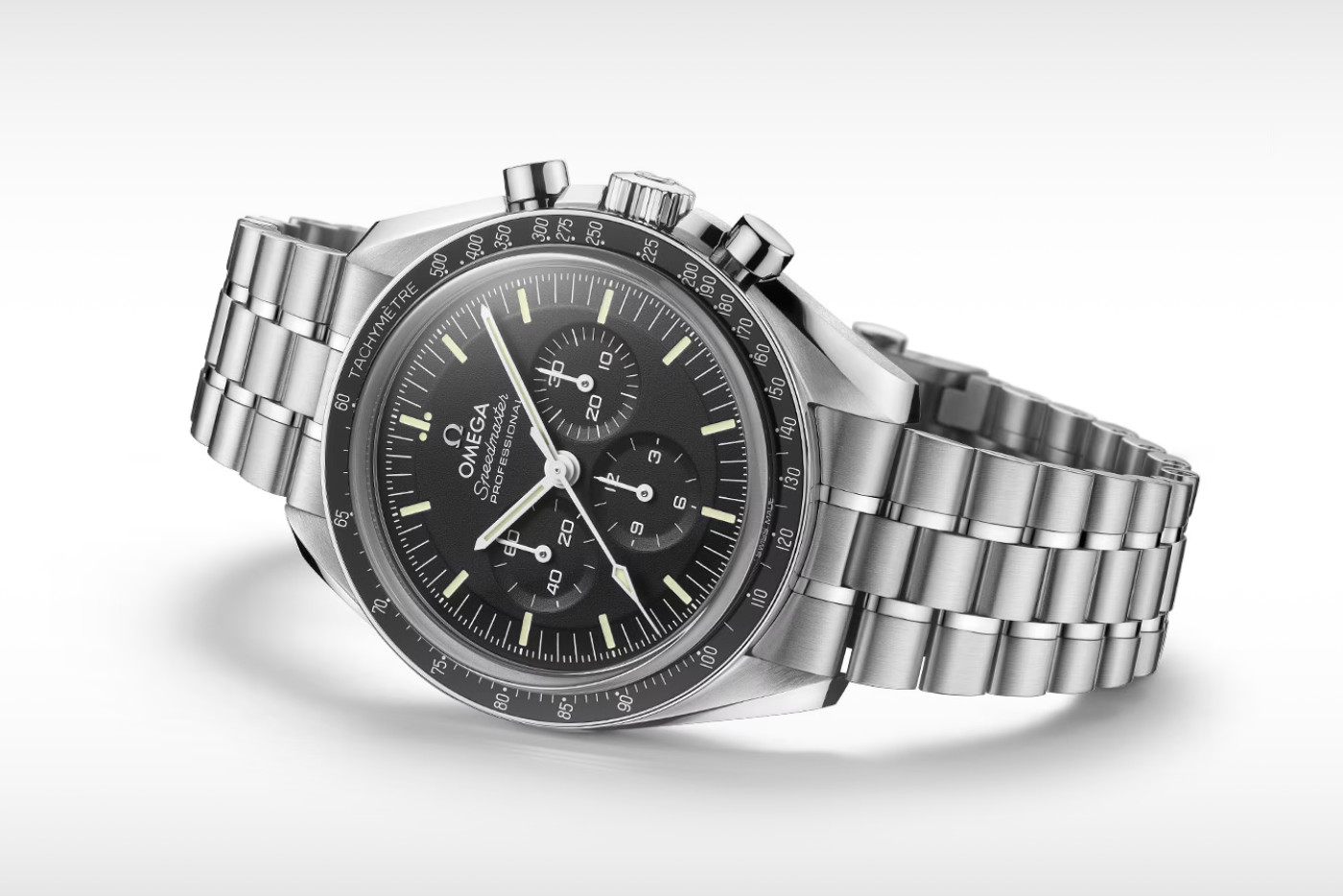The shareholder is killing the clock
Daniel PintoThe watch industry faces a dilemma: the pressure for immediate shareholder returns is killing the soul of watches. Between overproduction, unattainable prices, and a lack of innovation, collectors are demanding a change that restores the essence of heritage and quality.
Those of us who have been collecting watches for a long time have seen the landscape change radically over the last 15 years regarding the way decisions are made within the industry's legendary companies. After the quartz crisis, when many of the most traditional brands had to close their doors, downsize, or merge with competitors to survive, a new watchmaking industry emerged. We no longer speak of the watch as a tool for telling time, whether in formal, sporting, or adventure settings, but rather the watch became consolidated as a superfluous, ornamental, and symbolic object. This freed designers and brands to focus on design without necessarily having to pay much attention to technical innovation aimed at improving performance, as the value of the watch as a tool lost relevance in the face of its value as a status symbol. It was at this moment that brands realized that the mechanical watch could be synonymous with luxury, and so they began aggressive marketing campaigns aimed at positioning the watch in the same mental pocket where the car resides. That is, directly in the male ego.

This in turn led to an unexpectedly explosive growth of the Swiss watch industry, giving rise to true corporate giants such as Rolex, the Swatch Group and the Richemont Group who formed giant conglomerates of distinct brands, often separated by their heritage, design, and marketing message, but conveniently linked to the same technological machinery and product guts (much like Rolex and Tudor in the 20th century).
As this industry became more attractive to investors, publicly traded corporations took control of some of the market's largest players, and this is where a shift in decision-making began to occur. On the one hand, brands that remained under family control, or at least in closed companies, had the incentive to preserve their legacy by making long-term decisions without compromising their values for immediate success. On the other hand, publicly traded companies, pressured by their shareholders' insatiable appetite for profits, began treating the business like fast fashion. They produced large quantities of soulless designs, pushed them through the channel with massive marketing campaigns aimed at young consumers, liquidated the resulting huge excess stock on the black market, and offered increasingly lower quality and differentiation while simultaneously constantly raising prices, objectively driving the price of a new luxury watch to a point almost unattainable for the vast majority of the world's population.

This strategy seemed to work in times of economic prosperity, when liquidity was abundant and everyone wanted to consume. Groups like LVMH and Richemont were always willing to satisfy that consumption, but when the economy slows (which it always does), familiar brands like Rolex, Patek, and AP become safe havens for collectors: a safe place where the value of the purchased watch remains stable, the result of a supply that always falls short of demand thanks to products and designs that are consistent over time, with a communication strategy generally oriented toward legacy rather than fashion. With a small pandemic crisis firmly in place, we have seen that the brands that have gained the most ground are precisely these: Rolex increasing its leadership, Richard Mille consolidating its position as the preferred brand of the young millionaire, Patek doing what it always does, AP dropping bombs with its Royal Oak, and even FP Journe and his madness, leaving other well-known brands behind.
Victims of this phenomenon include Hublot, Panerai, IWC, TAG, and Longines, brands that live focused on the quarter and their share price. I don't mean to imply that there isn't value or genius working at watchmakers like Omega and Cartier, and the others belonging to the major groups. There are certainly things being done very well, but I do think they would benefit from starting to make long-term decisions, even when it hurts, or even when things are in their favor. A strategy of lower production, higher quality, and prices in line with their value proposition would help them win back their audiences.

Examples like Tudor illustrate this point very well. A brand that, while massive, seems to always be a little difficult to get hold of, yet offers an unbeatable value proposition in its price range. Something very similar to what happens with FP Journe at the high end, where the master watchmaker refuses to compromise his principles of quality and creativity even though he could easily make twice as many watches and twice as much utility given the current state of fascination with his brand. He even risks losing that money in the future when the craze for his pieces naturally wanes, and he hasn't capitalized on the current collective desire to access his collections. It's precisely this mentality that makes mere brands transform into great watchmaking houses and begin to build their legacy of greatness.
As collectors, we demand that quality, craftsmanship, exclusivity, and design match what we pay. No more reissuing old designs or changing dial colors and calling them a new product. It's time to innovate again, time to take risks with new designs and technology, time to once again deliver watches that are accessible, or at least attractive, to those unwilling to spend five figures every year.

In an increasingly unequal world, it seems that, even in the hobby of watch collecting, the gap between those at the top and those at the bottom is widening. As an example, consider the case of the world's two most famous chronographs: the Omega Speedmaster and the Rolex Daytona. Two similar watches with very different strategies. On the one hand, Rolex produces a few Daytonas per year, while Omega produces as many Speedys as its factory allows. The Daytona's scarcity means it trades for three times its retail price on the secondary market, while the Omega loses approximately 25% of its value when it leaves the store. Since Omega knows that the perceived value of its watch is lower than the retail price, its response is to increase the watch's selling price in order to continue defending its margins and thus achieve its quarterly results without having to slow down its production rate.

One would think this makes us collectors better off, since in theory we can access a great watch for less than its retail price, but the reality is different. As a collector, when considering this Omega as a purchase, I am faced with the concern that the future value of my watch will continue to fall due to the brand's frantic production pace and the lack of exclusivity of the model. Meanwhile, if I had the opportunity to buy the Rolex, I would have no doubts about buying it, confident in the knowledge that there is future price stability. At least this allows Rolex to charge almost double what Omega does for a product that should be very similar in production cost. By increasing desirability through scarcity, the value of the watch in the secondary market skyrockets, widening the gap Rolex has to raise its retail price. This gap in the case of the Daytona is enormous; therefore, with fewer units but a higher margin, it allows them to generate a profit, paradoxically, far greater than the company that produced all the watches it could.
Perhaps we'd be better off in a world where there aren't so many new releases per year or so many watches flooding the market. A little peace, time to breathe, truly analyze what we want, enjoy the search, and then buy. But to buy with the certainty that what we have in our hands is truly, not artificially, something special.







